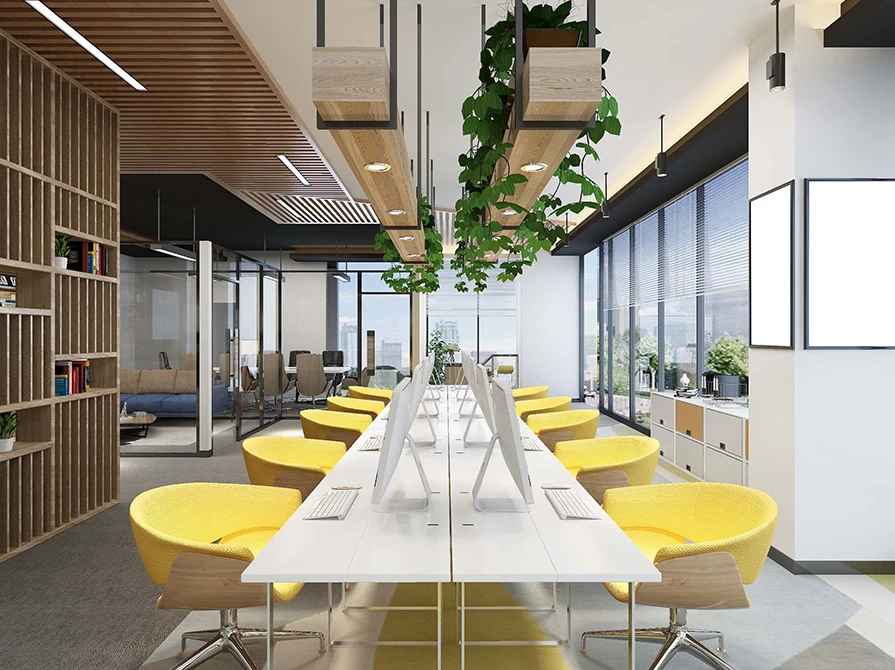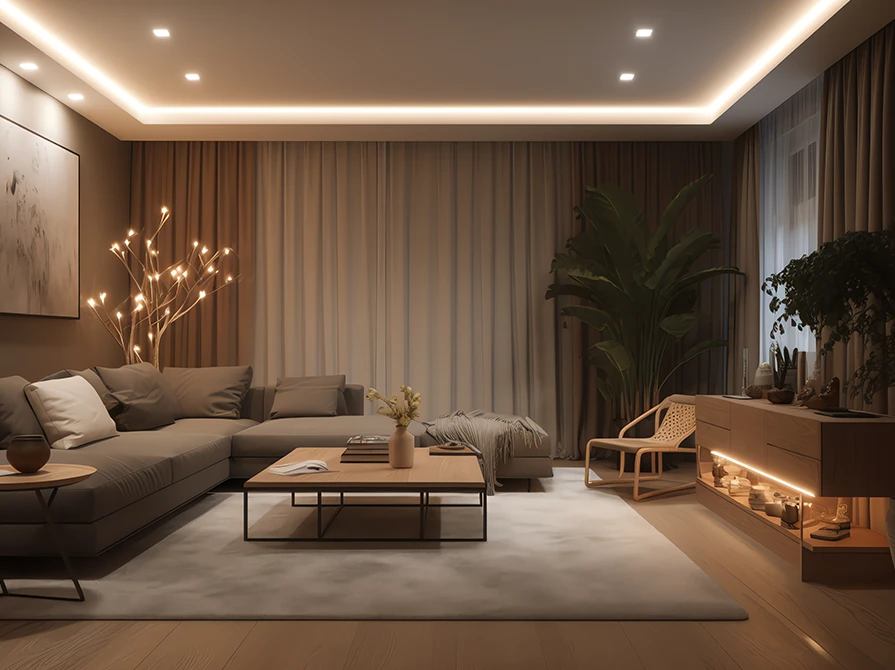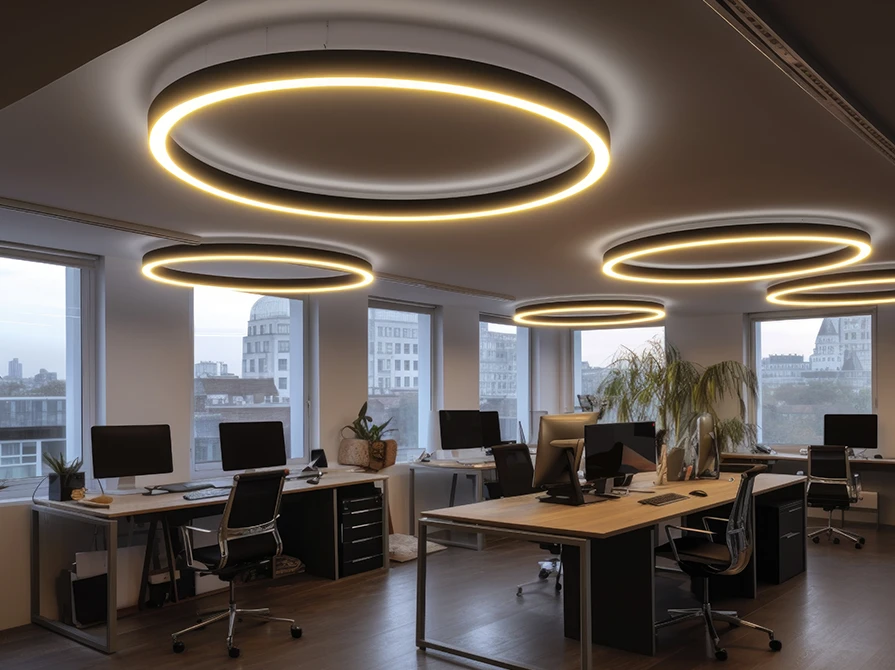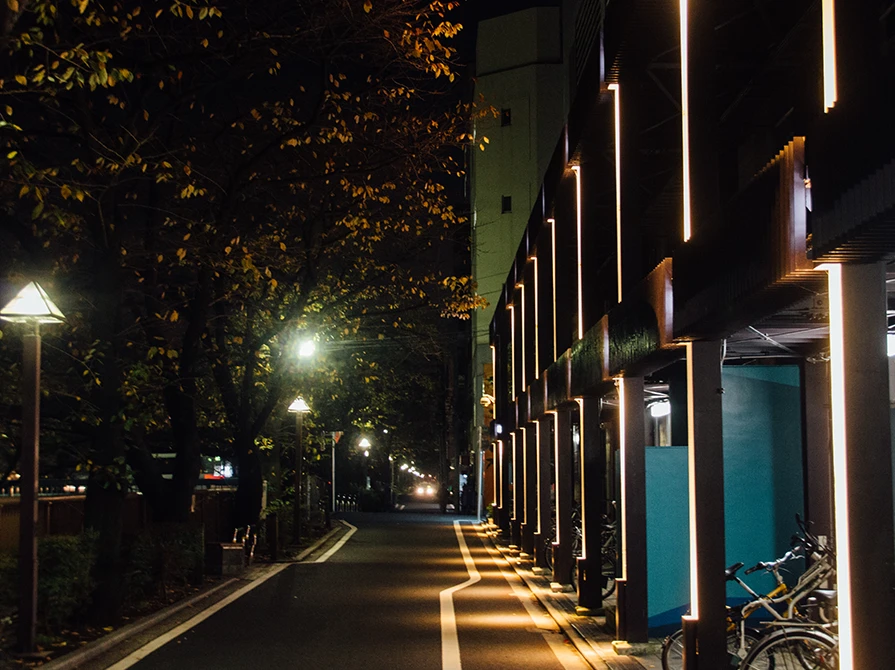

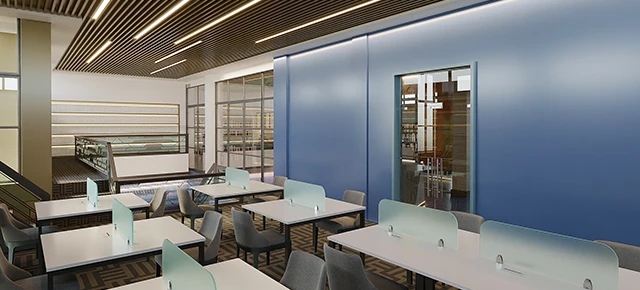
In the ever-evolving landscape of education, creating an optimal learning environment goes beyond textbooks and lesson plans. One often overlooked yet crucial element is lighting. The impact of lighting on educational spaces is profound, influencing everything from student focus and engagement to overall well-being. This blog delves into the nuanced world of lighting for educational spaces, exploring how thoughtful illumination enhances learning environments and contributes to a more conducive educational experience.
Before delving into specific lighting solutions, it's essential to understand the science behind effective lighting in educational settings. Natural light plays a crucial role in regulating our biological clocks. Exposure to natural light improves concentration, mood, and overall cognitive performance. Mimicking natural light cycles in indoor spaces promotes a healthy learning environment.
Additionally, the right balance of color temperature is vital. Warm light, with a color temperature of around 2700K to 3000K, is suitable for creating a cozy and comfortable atmosphere. Meanwhile, cool light, ranging from 4000K to 5000K, enhances alertness and concentration. By strategically using different color temperatures, educational spaces can cater to a variety of activities and moods.
The ambiance of a classroom sets the stage for learning. The choice of lighting can create a welcoming and inspiring atmosphere. Natural light, when available, is a powerful tool. Maximizing daylight through strategically placed windows or skylights not only reduces reliance on artificial lighting but also positively influences the circadian rhythm, promoting alertness and engagement.
Daylight harvesting systems intelligently utilize natural light by adjusting artificial lighting levels based on the amount of available daylight. This helps enhance energy efficiency and also ensures a consistent and comfortable light level throughout the day. For educational spaces, this means a dynamic lighting environment that adapts to changing daylight conditions, promoting a more natural and harmonious learning experience.
Educational spaces are multifunctional, catering to various activities such as lectures, group discussions, and individual study sessions. Implementing a zoning approach to lighting can significantly enhance the adaptability of these spaces. Consider installing adjustable lighting fixtures and controls to create different lighting zones. For example, bright and evenly distributed light is crucial in lecture halls, while softer, more localized lighting may be preferred in reading or collaborative areas.
Different learning activities require different lighting conditions. For focused individual work or reading, task lighting at desks or reading nooks is essential. Adjustable desk lamps provide students with control over the direction and intensity of light, supporting personalized learning preferences. In collaborative spaces, ambient lighting that balances brightness and reduces glare fosters a conducive environment for group discussions and teamwork.
Visual comfort is essential for prolonged periods of learning. Glare, flicker, and uneven lighting can cause discomfort and fatigue, hindering the learning experience. The use of anti-glare fixtures, well-distributed lighting, and flicker-free technologies contributes to a visually comfortable environment. In lecture halls or classrooms with display screens, ensuring that lighting does not cause reflections or shadows on screens is crucial for an uninterrupted learning experience.
Incorporating ergonomic lighting solutions is particularly important in educational spaces. Adjustable lighting fixtures, such as pendant lights with height adjustability, ensure that lighting can be tailored to the specific needs of the space and its users. Considering the diverse range of activities that occur in educational settings, adaptable lighting solutions contribute to a flexible and accommodating environment. This approach not only addresses the necessity for flexibility but also fosters an inclusive and accommodating atmosphere, ensuring that lighting serves as a versatile tool catering to the unique demands of every learning scenario.
The impact of lighting on the well-being and focus of students cannot be overstated. Exposure to natural light has been linked to improved mood, reduced stress, and enhanced overall well-being. In spaces where access to natural light is limited, circadian lighting systems can be beneficial. In the morning, cooler tones promote wakefulness and concentration, while warmer tones in the afternoon and evening support relaxation. By aligning lighting with the body's circadian rhythm, educational spaces can positively impact students' sleep patterns and overall mood, ultimately contributing to a more conducive learning environment.
Intelligent lighting controls, integrated with sensors and automation systems, enable dynamic adjustments based on occupancy and natural light levels. For example, lights can automatically dim or turn off in unoccupied spaces, contributing to energy savings. Smart controls also provide facility managers with valuable insights into lighting usage patterns, allowing for continuous optimization of the lighting environment.
In the dynamic landscape of modern education, the fusion of technology with innovative lighting solutions is redefining the learning experience. Educational spaces are increasingly adopting cutting-edge technologies, and the seamless integration of lighting with digital tools plays a pivotal role in enhancing pedagogical practices. Interactive whiteboards, state-of-the-art projectors, and other advanced display technologies demand a thoughtful harmony between ambient and task lighting to ensure optimal visibility and an appropriate learning atmosphere. Through strategic coordination of both natural and artificial lighting, educational institutions create a symbiotic relationship that nurtures an effective learning space, blending the benefits of technological innovation with the subtleties of illumination.
Interactive lighting systems go beyond mere illumination; they respond to stimuli or user inputs, creating a dynamic and engaging atmosphere. In educational settings, such systems can be used to facilitate interactive lessons, with lighting adapting to the content being presented. For example, incorporating interactive elements into lighting fixtures, such as touch-sensitive controls or programmable LED displays, allows students to actively participate in shaping their learning environment. This not only captures students' attention but also adds a layer of engagement to traditional teaching methods.
Biophilic design principles involve bringing elements of nature into the built environment. In educational spaces, integrating biophilic elements such as living walls, potted plants, or nature-inspired artwork can complement lighting strategies. Natural elements combined with appropriate lighting contribute to a more harmonious and calming atmosphere, fostering a connection with the outdoors even within indoor learning spaces. This blend of natural elements with thoughtfully designed lighting creates an immersive learning experience, encouraging focus and creativity.
In the journey of education, lighting emerges as a silent yet influential partner, shaping the physical and psychological aspects of learning environments. From creating the right ambiance to supporting well-being, lighting in educational spaces plays a multifaceted role in enhancing the overall educational experience. By embracing thoughtful lighting design, educational institutions can create environments that inspire, engage, and empower the minds of students, ultimately illuminating the path to a brighter future. To learn more about the potential and offerings of Wipro Lighting solutions, please feel free to get in touch with us.
